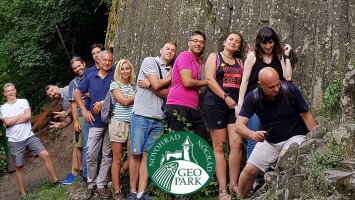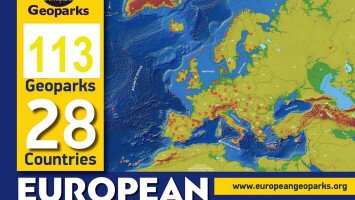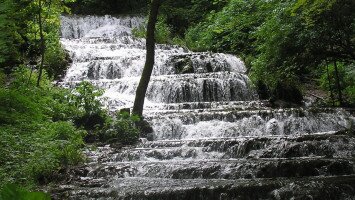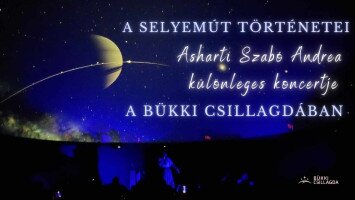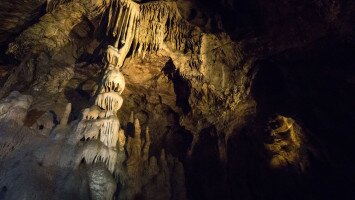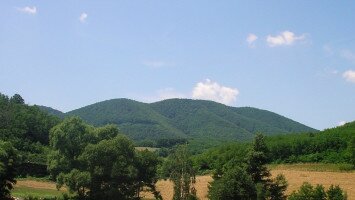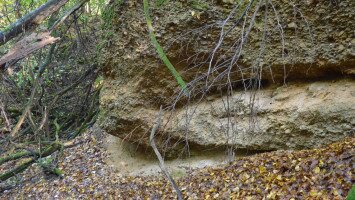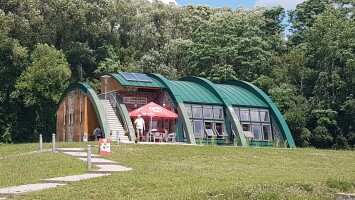
Shark alert at the Miocene Park 07/22/2021 2:53 PM
A dangerous shark emergency was averted by the area's staff of the Ipolytarnoc Fossils. Our investigative Petrified looked into the matter. He found out that the feared cartilaginous fish specimen did not swim up the River Ipoly, it followed a different way. But what was it?
The pond in front of the Lombkorona café of the Ipolytarnóc Fossils was still peaceful at 9 am this morning.
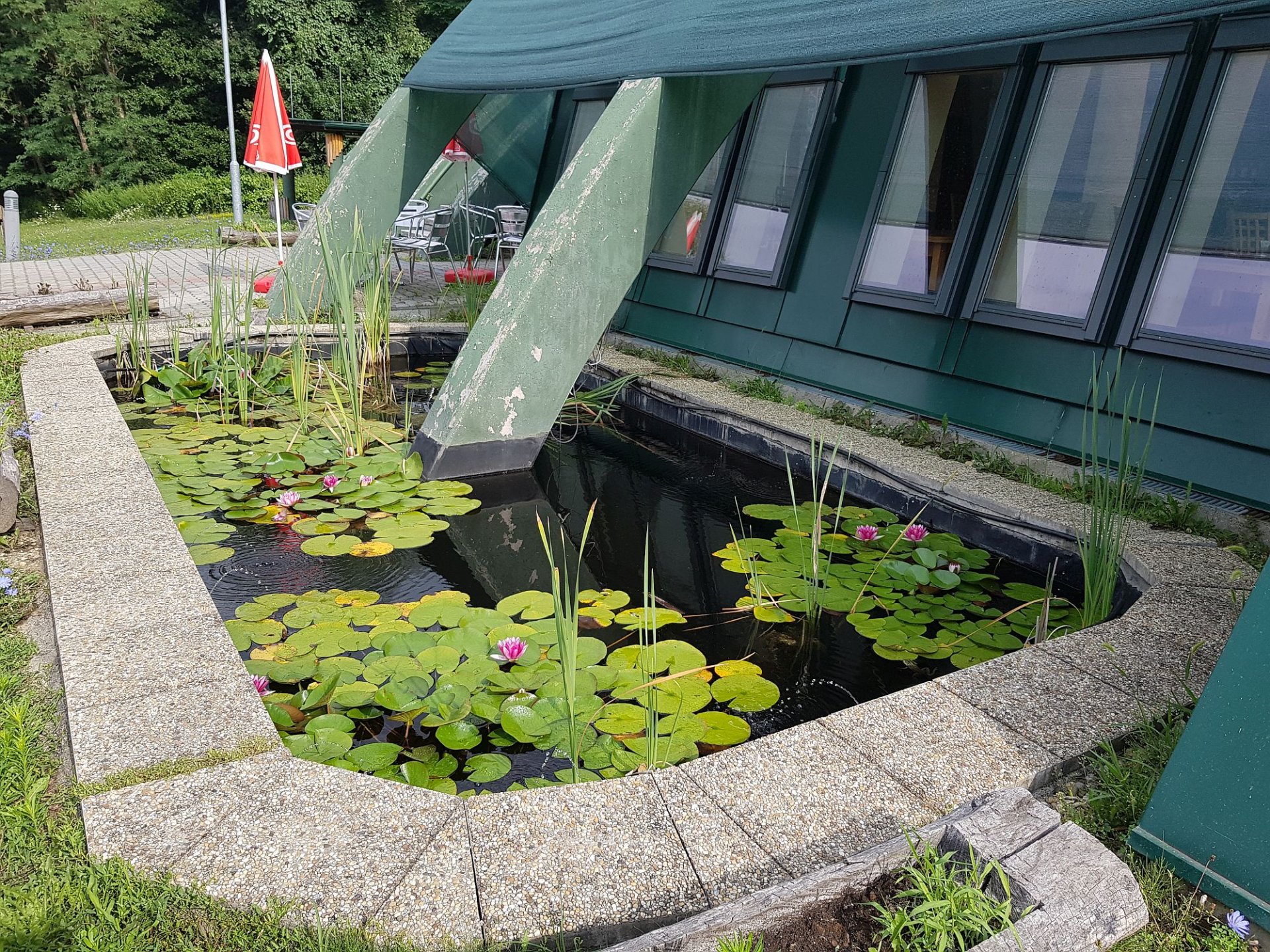 At the time, no one could have guessed that the idyllic picture of the Prehistoric Pompeii was about to change. Although the Paratethys sea once dominated the landscape here, no sharks have been seen at Ipolytarnoc at least for the last 18 million years.
At the time, no one could have guessed that the idyllic picture of the Prehistoric Pompeii was about to change. Although the Paratethys sea once dominated the landscape here, no sharks have been seen at Ipolytarnoc at least for the last 18 million years.
It is true that there is a rich layer of shark-teeth-bearing sandstone, the remains of which were thought to be petrified bird tongues in local folklore, and sharks are also the subject of a brochure available in the gift shop and of an interactive exhibition at the Ancient Pine Visitor Centre.
But until now it was thought that, climate change or not, there was no longer any need to fear of shark attact there.
They were very much mistaken! They should have known that Ipolytarnóc would bring the past to life! The high level of interpretation of the results of the still ongoing research on the geological trail confirms this.
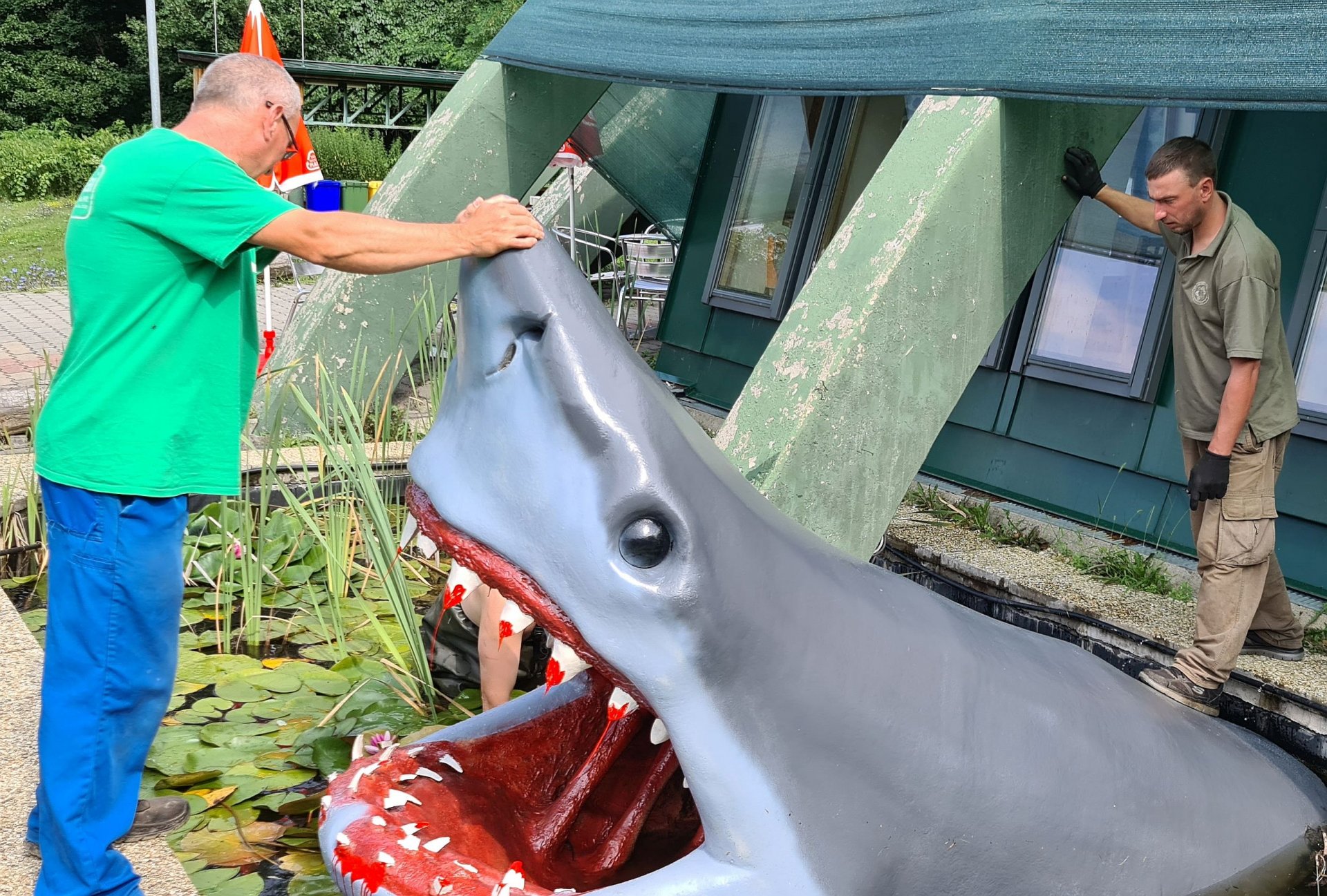
The workers who rushed to the scene managed only at the last moment to contain the "giant tooth" shark that had emerged from the deep well of the past. They managed to flush out a juvenile Carcharodon megalodon, which broke a few teeth in the struggle, and although its bloody bite caused injuries, fortunately they were not fatal. The tranquilized shark has been safely restrained and visitors to the area can see it now.
Our Petrified, the famous investigator also encourages readers to come to the main gateway of the Novohrad-Nógrád UNESCO Global Geopark, because the mysterious Ipolytarnóc Fossils is full of surprises!


